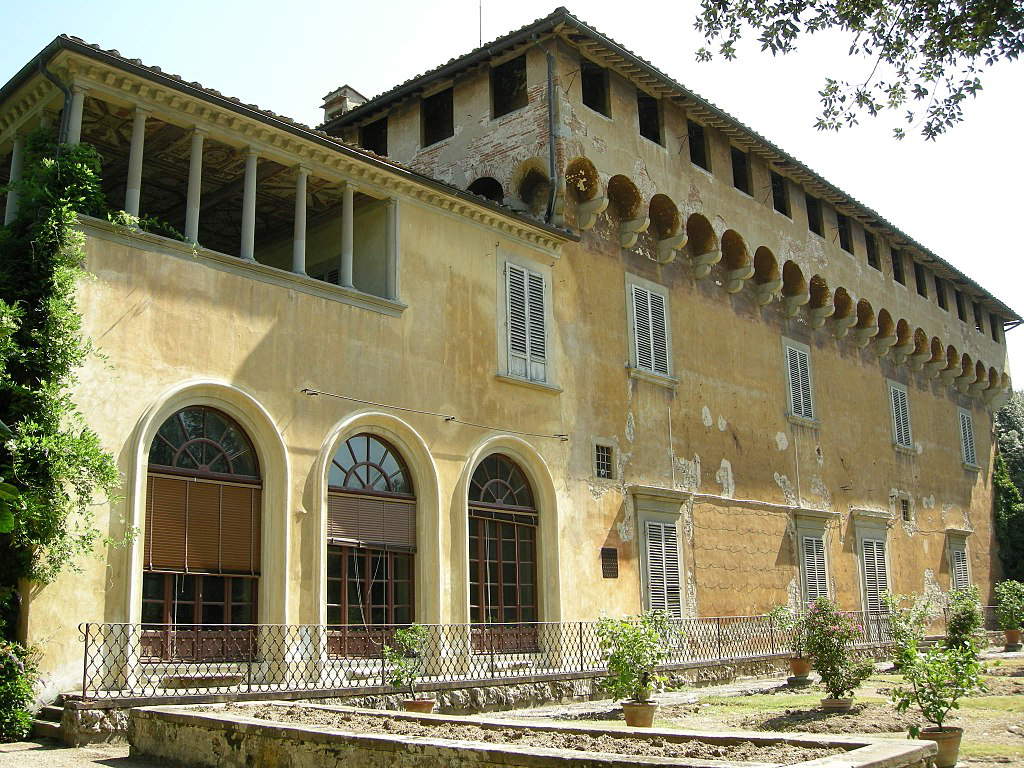Uffizi Director Eike Schmidt did well to emphasize last week, in responding to a question at a press conference, that in the future there will be no room for projects that can be labeled "Uffizi 2," but there will, if anything, be several places that will house Uffizi works, according to the concept of the diffuse museum. It has done well for several reasons, first and foremost the fact that the idea of the “diffuse museum,” though not new (the expression, it is worth remembering, was coined in 1971 by Georges Henri Rivière and Hugues de Varine), today represents one of the most interesting models for imagining the museums of the future: a model that has become almost obligatory in light of the events triggered by the Covid-19. pandemic, which continue to force even museums to think of sustainable and innovative alternatives. And a model that in Italy has given rise to some exceedingly relevant experiences, starting with that of the Empolese Valdelsa museum system, founded on the values of inclusion, community involvement, experimental research, and able to build a cultural network in continuous and fruitful dialogue with its territory.
In commenting on the Uffizi project, Silvia Ronchey, in Repubblica, wrote that “it would be nice,” because these days, paintings “do well to spread out in more secluded and peaceful places, where you can breathe better air and establish more confidential relationships.” He is absolutely right: the cultural landscape that will re-emerge from the epidemic will have to be more diverse than what we have been used to in recent times. But there are more than just contingent motivations: it is the very idea of “museum” that is being transformed, and in that sense, it will be necessary to follow intensely what the Uffizi does in the months ahead.
From what Eike Schmidt has let slip in recent interviews, it seems that the project of ’decentralization’ of the Galleries will start from five peripheral but very significant places for their respective territories (the Villa Medicea in Careggi, the Museum of the Battle of Anghiari, the Civic Museum of Pescia, the Visitor Center of the Casentino Forest National Park, and the Villa Medicea dell’Ambrogiana), and therefore the program could take a direction to be observed and studied with supreme attention, since some of these places may allow the Uffizi to initiate projects of reconnection between objects and contexts, which could be very sensible and very much in line with the most up-to-date museology, which accords prevailing interest to the possibility of reconstructing the identity of the work through its presence in its original context. Thus another reason is added to consider the nickname “Uffizi 2” out of tune, and above all to try to reason about the form this project, which on paper looks extremely promising, will take.
 |
| The Villa Medicea in Careggi. Ph. Credit Francesco Bini |
Very good, then, is the intention to bring to the Ambrogiana paintings currently kept in the Uffizi’s storerooms but which come from that site, as is that of reopening the Civic Museum of Pescia with some works owned by the Uffizi but in ancient times present in the Pescia area. Fascinating is the idea of giving life, in the villa of Careggi, to a museum itinerary aimed at telling the story of the Neoplatonic cenacle of Marsilio Ficino, whose history is in a certain way linked to that of the villa. Even more so if the paintings that will be selected to evoke the times of the Magnifico are joined by Rogier van der Weyden’s Deposition, which we know came from the villa at Careggi. Perhaps even just for a temporary exhibition, since the Flemish masterpiece nonetheless has a centuries-old history that links it to the Uffizi, where it has been registered since the seventeenth century. Just as it is expected that temporary will be the presence of Andrea del Castagno’s portrait of Dante Alighieri, which will be exhibited for Dante’s seven-hundredth anniversary at the Casentino Forest Visitor Center, a place evocative of the poet’s vicissitudes but with which the work has nothing to do, since it comes from the Villa Carducci in Legnaia, where the environment from which Andrea del Castagno’s ancient paintings come is still preserved almost intact, and which may perhaps return there tomorrow.
What is needed, however, is a shared planning process that considers all aspects related to the opening of the new museums, since, in Tuscany itself, even today the museums that are already there cannot be kept open: Villa Carducci itself is at the moment still closed indefinitely, just as closed to the public are places of supreme importance such as the Scalzo cloister or the cenacle of Andrea del Sarto, both sites of state property, united under the Tuscan museum pole. But these are nevertheless surmountable problems if one works on a long-lasting and wide-ranging cultural project such as the one to which the Uffizi seems to be about to give life and which, moreover, is perfectly in line with the attention that the museum has been paying to the Tuscan territory for many years.
Warning: the translation into English of the original Italian article was created using automatic tools. We undertake to review all articles, but we do not guarantee the total absence of inaccuracies in the translation due to the program. You can find the original by clicking on the ITA button. If you find any mistake,please contact us.